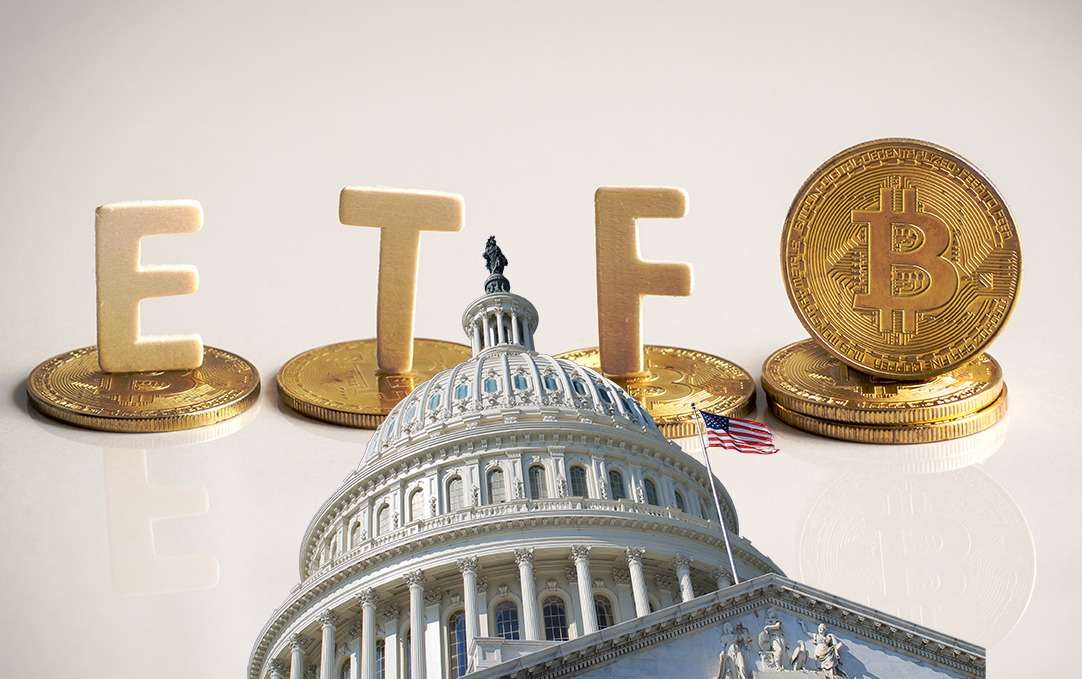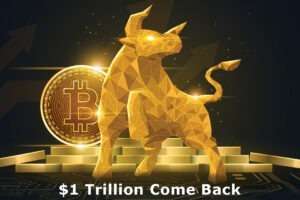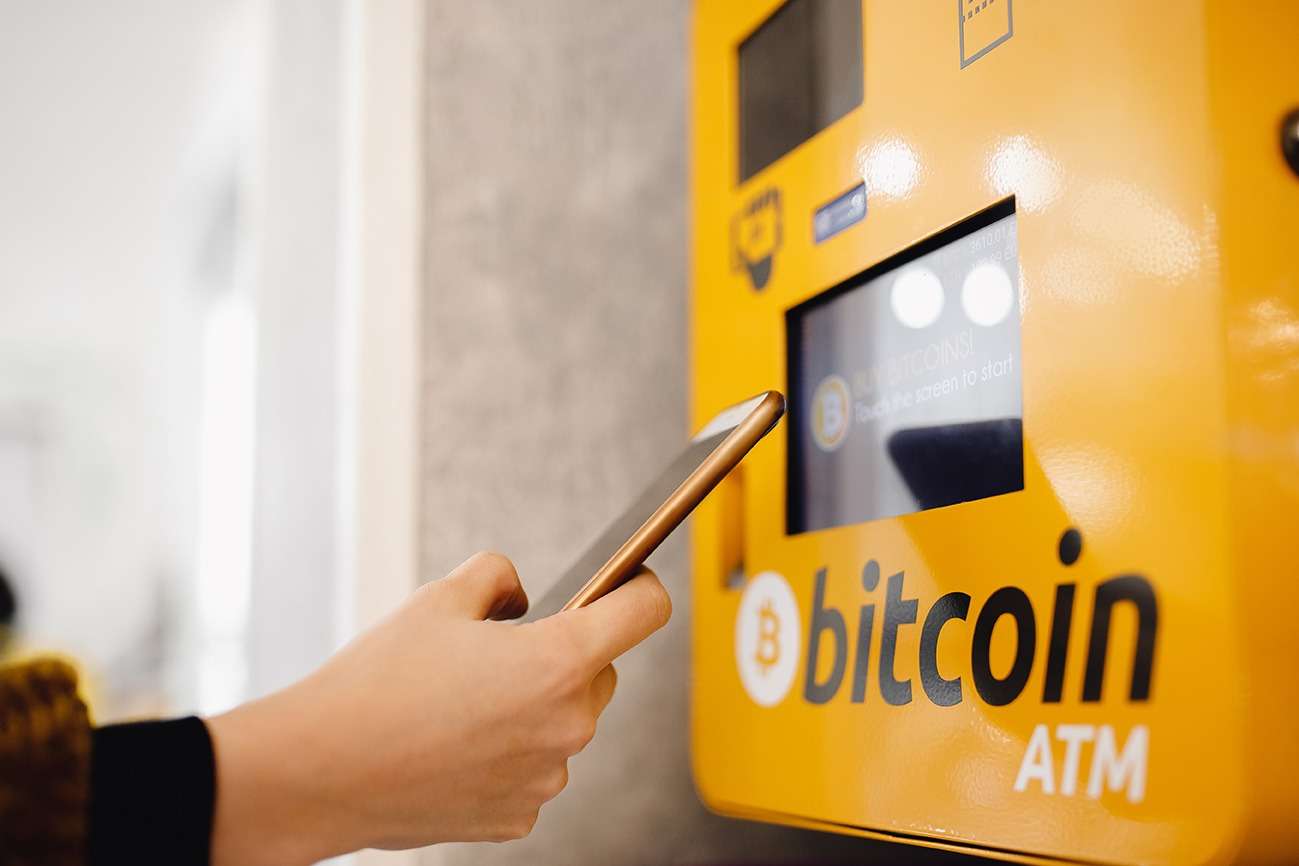Trying to make sense of why cryptocurrency is a big deal for our future can be a great hassle. I mean, diving into the whole economics and banking jargon can be a real snooze-fest, right? For a better understanding, let’s explore Rai Stones History: Evolution from Massive Doughnut-Shaped Rocks to Bitcoin.
Most at times, exploring the past can better our comprehension of current occurrences. Ever heard of those massive doughnut-shaped Rai stones from the super small Micronesian Islands of Yap? Now, those are a blast from the past. They used to be a form of money, believe it or not. Imagine carrying around giant stone doughnuts for your transactions. Talk about a unique wallet! It’s nasty to think about all the quirky ways people tried to use money in the past, only to ditch it for something more practical.
Rai Stones and the Island of Yap
Back in the day on Yap, Rai Stones were like the local currency, and they looked like giant doughnuts – some as small as a few centimetres and others massive, weighing a whopping 4,000kgs. The portable ones got traded back and forth, while the massive stone doughnuts remained firmly in place. Yet, whenever ownership shifted, everyone was aware of it, as if the change carried its own weight.
Now, here’s the interesting twist: these stones weren’t sourced from Yap itself but from a nearby island called Palau. The Yapese stumbled upon this unique limestone during a visit and were captivated by its quartz-like sheen, giving it a cool marble vibe.
So, after a 300-mile trek back to Yap, these stones became the bling of the island. People turned them into jewellery, and boy, did they become a hot commodity! People went nuts for them because, you know, they were pretty rare, and it was risky hauling them around in basic canoes.
Being an island, Yap didn’t have gold or silver like the big shots in more developed areas. So, Rai Stones stepped in to fill that precious commodity role. Just like gold and silver transformed from bling to money elsewhere, these stones did the same on Yap. They got creative, shaping them into perfect circles with holes in the center, making it easy to slide them onto bamboo poles for carrying around.
And get this – the Yapese struck a deal with Palau. They swapped beads, coconut meat, and sea cucumbers for the privilege of letting them mine their rock.
Rai Stones as Money
You know what’s pretty wild? The Yapese stumbled upon something that, unbeknownst to them, pretty much checked off a bunch of boxes that Aristotle later said defined legit money.
It’s like they accidentally hit the jackpot.
- A Rare Journey: Accessible only after a challenging 300-mile sea voyage.
- Rock-Solid: Carved from durable stone, ensuring longevity.
- Shiny Allure: The quartz-like surface made it visually striking.
- Carving Convenience: Crafted from easily shaped limestone, allowing intricate details.
- Consistent Value: Every Rai stone shares the same high quality, making them easily interchangeable.
Despite being the go-to form of money, these stones were a pain to lug around manually, especially over open water. The Europeans showed up in the 19th century with their fancy iron tools, making it possible to excavate even bigger stones. These massive stones were unbelievably heavy, often requiring over 100 people to lift the largest ones. Most of them stayed right where they were, as their sheer size made them tough to move and their delicate nature meant they could easily crack.
They saved the big moves for special occasions, like exchanging these behemoths for important stuff like dowries or building alliances. Some stones were left abandoned on Palau, and others got lost at sea, but surprisingly, it didn’t mess with their money mojo. Even the ones sitting pretty in Yap villages were just as tradeable.
Now, people draw parallels between Rai Stones and Bitcoin – you know. How they were sourced, traded but not physically carried around with ownership tracked in a shared oral ledger. But here’s the kicker – Rai Stones are now more of a tourist attraction. The outside influences on Yap messed with the most important money characteristic they had – scarcity. So, while they were once the cool currency on the block, now they’re just part of Yap’s history.
The Demise of Rai Stones
In 1871, this Irish Sea Captain, David O’Keefe, found himself stranded on Yap. In a barter for food and shelter, he lent a hand in carving Rai Stones and had a light-bulb moment – a business opportunity. Wanting to buy coconuts from the locals, he hit a snag because they weren’t keen on outside currencies. So, he sailed to Palau, got his hands on more Rai Stones, and tried to use them as payment back on Yap.
The twist? Many locals weren’t having it. Why? Because these stones didn’t go through the traditional creation process – think of it like Bitcoin’s Proof of Work not being done. Sadly, some folks still traded with O’Keefe, marking the beginning of the end for Rai Stones as a currency. It messed with their scarcity factor, the golden rule of currency coolness.
O’Keefe’s Yap adventure was so legendary that Hollywood turned it into a movie in the 1950s. While it would’ve made for a captivating movie experience, Yap and O’Keefe are now known for showcasing how money evolves and why, rather than the typical adventure story.
From Rai Stones to Bitcoin
So, we use money as a way to move around the energy we put into our work across both space and time. Aristotle figured out that the best kind of money, the real MVP, has specific qualities. And when a better type of money comes along, like in Yap, we ditch the old stuff for the shiny new option. Otherwise, we’d still be trading beads, coconuts, shells, salt, or even Yap stones – all of which had their moment in the money spotlight.
But hey, we’ve moved on from those days. Each of those got the boot in favour of something more reliable. And when you think about how money naturally upgrades, it’s easier to grasp why the money we’re used to might be swapped out for something even better.
Just like Rai Stones had their Achilles’ heel with scarcity, it might surprise you that our current money isn’t all that scarce. Governments don’t need to print cash anymore – a whopping 97% of our money is just hanging out in digital form, created by banks.
That’s why the crypto experts think money is due for another makeover. Just like Yap embraced Rai Stones, crypto enthusiasts believe our regular money is having its O’Keefe moment – time for an upgrade.
Image Source: Adobe Stock
Disclaimer: This article is provided for informational purposes only. It is not offered or intended to be used as legal, tax, investment, financial, or other advice.












